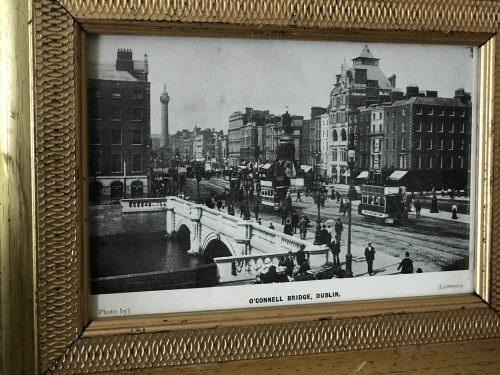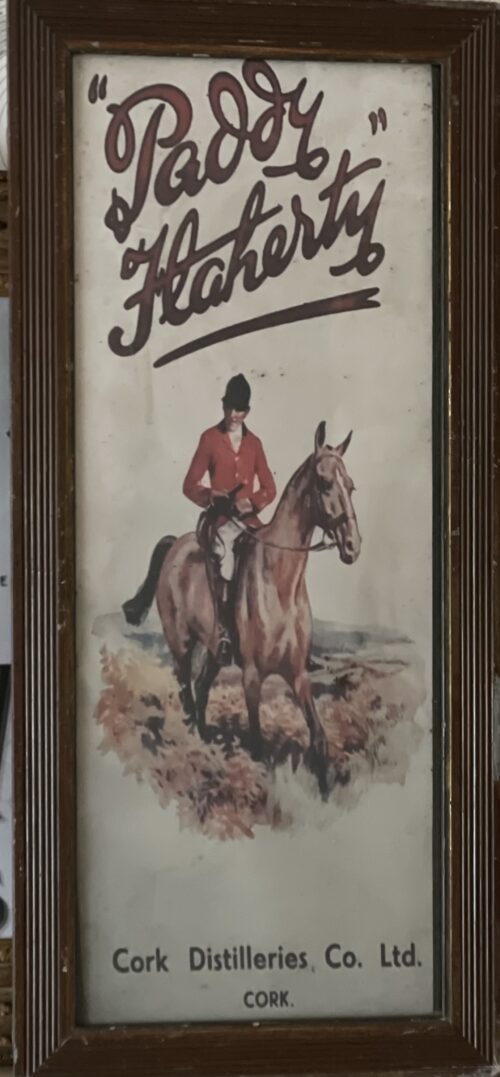 |
 |
|
|
|
|
|
|
| Introduced |
1879, renamed as Paddy in 1912 |
|
|
|
|
Paddy is a brand of
blended Irish whiskey produced by
Irish Distillers, at the
Midleton distillery in
County Cork, on behalf of
Sazerac, a privately held American company.
Irish distillers owned the brand until its sale to Sazerac in 2016. As of 2016, Paddy is the fourth largest selling Irish whiskey in the WorldHistory
The
Cork Distilleries Company was founded in 1867 to merge four existing distilleries in
Cork city (the
North Mall,
the Green,
Watercourse Road, and
Daly's) under the control of one group.
A fifth distillery, the
Midleton distillery, joined the group soon after in 1868.
In 1882,
the company hired a young Corkman called Paddy Flaherty as a salesman.
Flaherty travelled the
pubs of
Cork marketing the company's unwieldy named
"Cork Distilleries Company Old Irish Whiskey".
His sales techniques (which including free rounds of drinks for customers) were so good, that when publicans ran low on stock they would write the distillery to reorder cases of "Paddy Flaherty's whiskey".
In 1912, with his name having become synonymous with the whiskey, the distillery officially renamed the whiskey
Paddy Irish Whiskey in his honour.
In 1920s and 1930s in Ireland, whiskey was sold in casks from the distillery to wholesalers, who would in turn sell it on to publicans.
To prevent fluctuations in quality due to middlemen diluting their casks, Cork Distilleries Company decided to bottle their own whiskey known as Paddy, becoming one of the first to do so.
In 1988, following an unsolicited takeover offer by
Grand Metropolitan, Irish Distillers approached
Pernod Ricard and subsequently became a subsidiary of the French drinks conglomerate, following a friendly takeover bid.
In 2016, Pernod Ricard sold the Paddy brand to Sazerac, a privately held American firm for an undisclosed fee.
Pernod Ricard stated that the sale was in order "simplify" their portfolio, and allow for more targeted investment in their other Irish whiskey brands, such as
Jameson and
Powers.
At the time of the sale, Paddy was the fourth largest selling Irish whiskey brand in the world, with sales of 200,000 9-litre cases per annum, across 28 countries worldwide.
Paddy whiskey is distilled three times and matured in
oak casks for up to seven years.
Compared with other Irish whiskeys, Paddy has a comparatively low
pot still content and a high
malt content in its blend.
Jim Murray, author of the Whiskey bible, has rated Paddy as "one of the softest of all Ireland's whiskeys".
























































